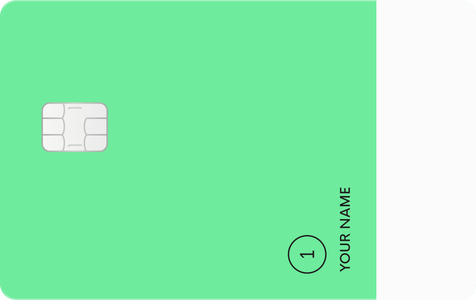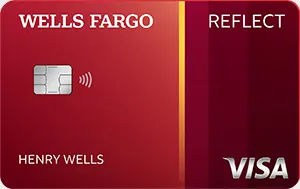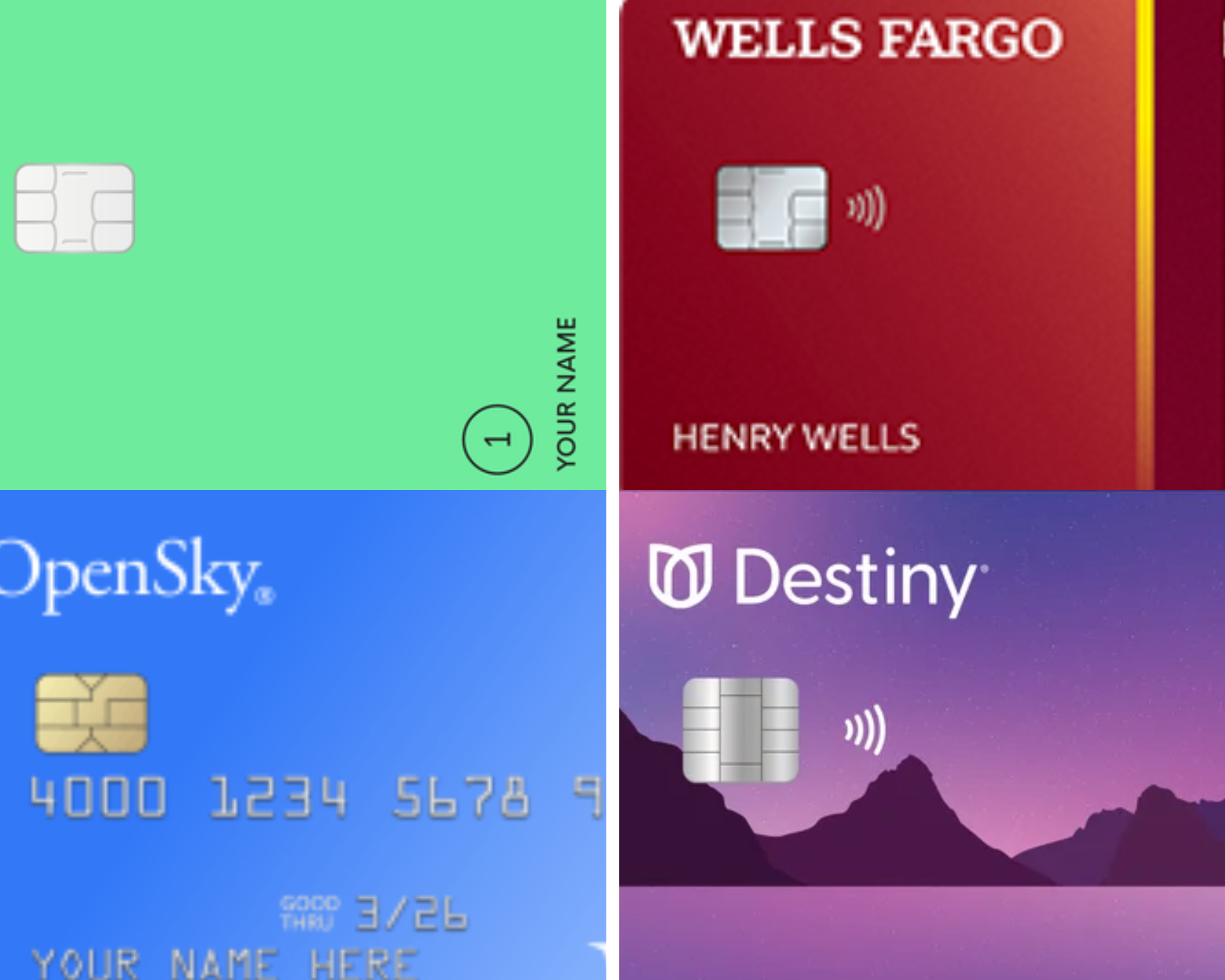Ads
Do you want to show how good you are at designing your website and attract more customers? Having a great web design portfolio is important for building a reputation online and showing that you know how to create a website that looks and works well. In this article, we’ll discuss the most important parts of a good web design portfolio, the importance of having a well-designed portfolio, and how to create one that grabs attention and helps your career.
How to Know What a Web Design Portfolio is For
A web design portfolio can be used for more than one thing. First, you can showcase your past work and demonstrate your wide range of styles, approaches, and skills. Second, it allows potential clients to check your skills and see if your design style matches their needs. Finally, a well-constructed portfolio helps build trust and credibility and convince clients that you can do a good job.
Choose who You Want to Contact
Before you start building a web design portfolio, you need to know who your work is for. Think about the company or niche you want to work in and make sure your portfolio meets those needs. Knowing your audience’s preferences and needs will help you build a portfolio that resonates with them and increase your chances of attracting the right customers.
How to Choose the Best Projects for your Portfolio
To make a lasting impression, it’s important to choose the right items for your portfolio. Choose projects that demonstrate your flexibility, technical insight and problem-solving skills. Pursue a variety of jobs that showcase different design styles, industries, and functions. This variety shows your flexibility and makes your resume more appealing to potential clients.
Create an Attractive Homepage
A website for your web design portfolio is your chance to make a great first impression. It should have a style that catches the eye and immediately attracts attention. Use high-quality images, bold fonts, and a clean style to create a homepage that looks good and engages people. Consider adding something that showcases your unique brand personality and design style.
Present Details About Projects and Case Studies
Create specific case study pages for each project in your portfolio to get a comprehensive view of your work. Include a detailed description of the project goals, how it was designed and the methods used. Use a mix of images such as screenshots and mockups to show how your site looks and works. Adding customer testimonials or feedback can also add credibility and show that customers are satisfied.
Focus on Your Design Process
You can distinguish yourself from other artists if you show how you work. Share information about how you work, generate ideas and solve problems. Tell me how you go about each job, from the first meeting with the client to the final delivery. Demonstrate your value by demonstrating how well you understand your customer’s needs and using it to come up with compelling design solutions.
Use of Images and Other Forms of Information
Visuals are one of the most important parts of a web design portfolio as they capture the attention of potential clients. Use high-quality images, videos, and animations to showcase your work. Make sure the photos show what the site you’ve created will actually look like and how it will work. Consider using before and after photos to show how your design changes, things change.
Optimize For Mobile
As the number of mobile devices increases, it’s important to make sure your web design portfolio is optimized for a smooth mobile viewing experience. Make sure your portfolio is flexible and visible on screens of different sizes. On mobile, pay attention to user experience, ease of reading and loading speed. A portfolio that works well on mobile shows that you are committed to delivering a great user experience across all devices.
Add Customer Feedback and Testimonials
Customer testimonials and feedback are powerful forms of social proof that can have a major impact on future customers. Add quotes or full reviews from happy customers to show off your professionalism and how good your work is. Authentic testimonials give you credibility and build trust, making people more likely to hire you for their website.
Show How Responsive Design Works
As a web designer, it’s important to show that you know how to create websites that work on different devices. Make sure your resume is a good example of responsive design, meaning it works well on different devices and screen sizes. Making this feature a top priority shows that you are serious about creating a website that works well on all devices.
Post a Call to Action
Calls to actions (CTAs) should be carefully placed in your portfolio to entice potential clients to take the next step. A CTA might say something like “Contact me,” “Request a quote,” or “See more items.” Placing your CTA in an obvious place, such as at the end of your case study or on your homepage, will make it easier for your visitors to engage with you and potentially become your customers. Create an “About Me” page
The “About Me” section allows you to showcase your personality and get to know potential clients on a personal level. Tell them about your history, your skills and why you love web design. Add a professional photo for people to match your name with the face. Strike a good balance between professionalism and friendliness so that potential clients feel comfortable with you.
Demonstrate your Skills and Expertise
In your portfolio, talk about your skills, areas of experience, and any major awards or certifications. This information can help potential clients understand your strengths and the value you can add to their projects. You can create a separate section for skills, or add this information to each project case study.
Conclusion
To make yourself known online and get clients, you need to have a great web design portfolio. By showcasing your best work and adding an interesting element to your portfolio, you can showcase your knowledge and stand out in a competitive field. Don’t forget to add new work when you’re done to keep your portfolio fresh and up to date.







